I’d like to open with a small update from my review of the Leatherman Charge TTi. In the conclusion, I stated that even though it was too large to carry, I’d hold onto it because it was handy, well made, and could always be tossed into a bag if needed. I’ve since sold it, perjuring myself in the process. While the complaints in the review were a factor in that decision, the primary reason was that I already had a multitool that handled all my needs: the Leatherman Skeletool CX.
[easyazon_cta add_to_cart=”default” align=”center” asin=”B0043NYPA6″ cloaking=”default” height=”42″ key=”tall-orange” localization=”default” locale=”US” nofollow=”default” new_window=”default” tag=”brdfkdfk-20″ width=”120″]
Mind, the Skeletool isn’t a new design. It debuted in 2007, and judging from the number of variations that have been released, it’s sold well. Tony of Everyday Commentary published a review of it back in 2011. You might be asking yourself why a review of a decade old design is warranted. The simple answer? I moved (for the second time this year) a few months back, and in so doing carried the Skeletool so often I thought it deserved the attention.
General Dimensions and Pliers
The Skeletool CX measures in at a closed length of 4 inches and a weight of 5.08 ounces. While those numbers might not sound noteworthy at first glance, bear in mind that most full size multitools weigh upwards of 8 ounces. Most of these weight savings can be attributed to the tool selection (which we’ll talk about farther down), but the skeletonized, asymmetrical frame is also partially responsible. In addition to lowering the weight, the handle design is ergonomically impeccable, regardless of which tool is being used.
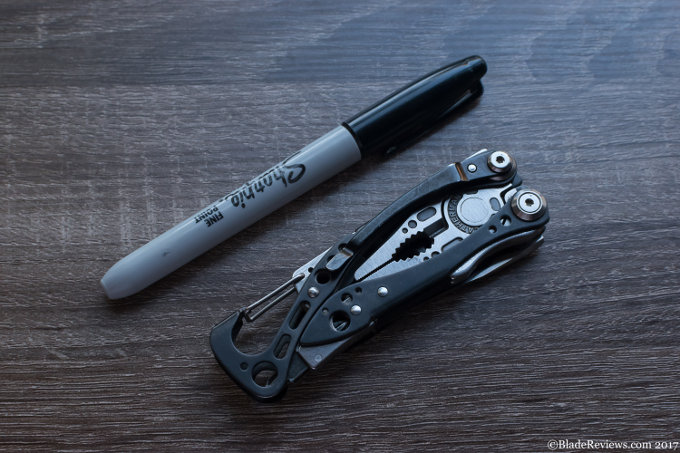
The pliers on the Skeletool are well made and suited to a variety of tasks. I’ve used them for everything from splinter removal to furniture assembly. If I had my druthers, the jaws would come to a finer point like on the wave and charge models. There’s room in the frame, and pliers this size will be used as needlenose more often than not. I can’t rightly say that the pliers have ever been too thick, so take that criticism with a grain of salt. I haven’t had occasion to use the wire cutters yet.
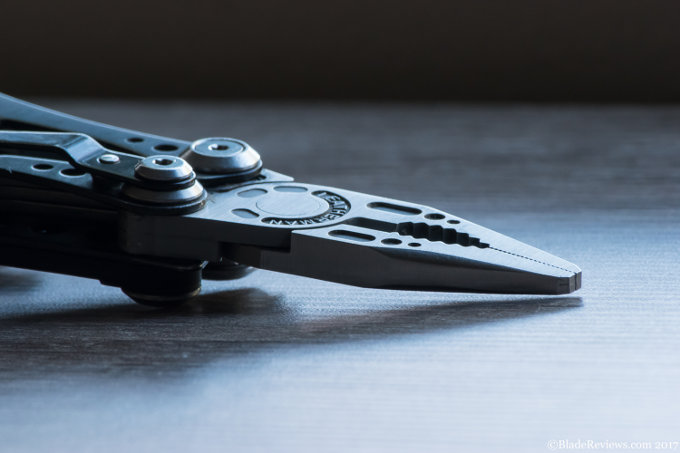
More than one online review notes that the pliers are prone to breaking, although my own experiences don’t back those claims up. One memory in particular stands out: I had locked myself out of the company vehicle, and was trying to use some thick wire to unlock the car door. Lacking any sort of a pry bar, I jammed the pliers into the seam between door and frame and leaned in, creating a gap wide enough to slip the wire through. I failed to unlock the door, but the Skeletool shrugged off the abuse. In the event that the pliers do break, Leatherman’s 25 year warranty will make it right.
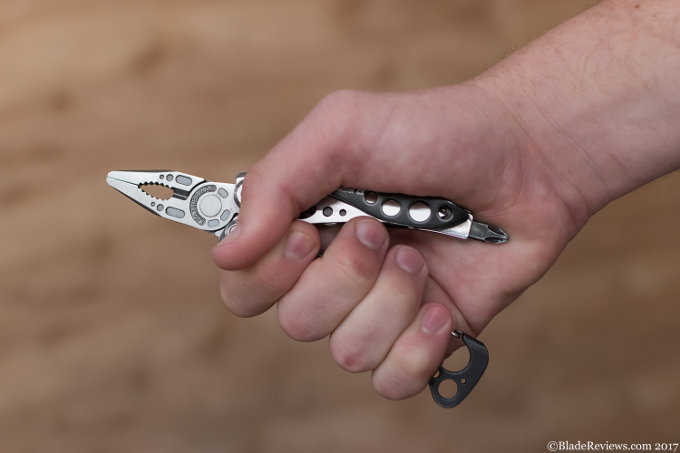
Additional Tools
Apart from the pliers, the Skeletool CX comes equipped with the bare essentials:
- Plain-edged blade
- Large it driver
- Double-sided Phillips bit
- Double-sided flat bit
- Bottle opener/carabiner
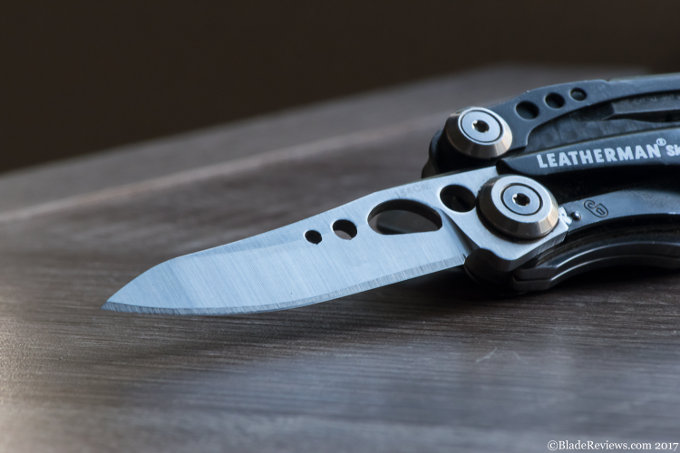
Compared to a full-sized multitool, this list might look a tad anemic. I can’t blame anyone who has that reaction; I did as well. Even after owning the Skeletool for years, I thought it lacked in a few areas. That was actually how I justified purchasing the Charge TTi. Over time, I found that even with the Charge available, I reached for the Skeletool, even for heavy-duty tasks. My reasoning was simple: whenever I needed something more capable or specialized than the Skeletool, I just needed an actual tool, not a bigger multitool. Furthermore, the Skeletool is only focused on doing a few things, and because of that it can do those things far better than a less focused tool.
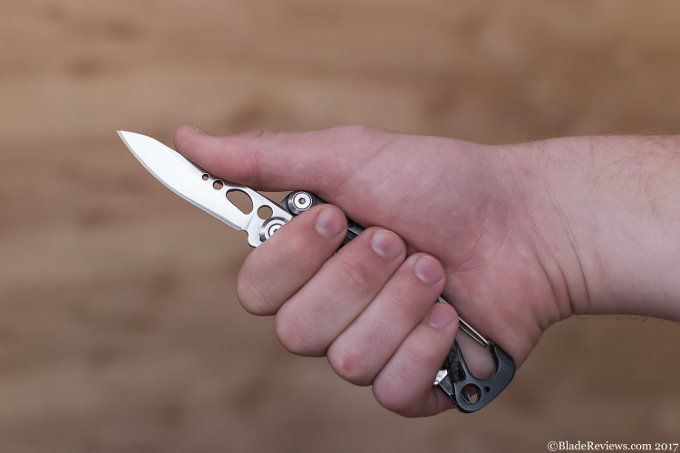
The best example of this is the Skeletool CX’s blade. It’s made of 154CM (one of my favorite blade steels) and has a modified drop point (one of my favorite blade shapes). There’s plenty of belly for slicing cuts, but not so dramatic a belly that it slips out of material during push cuts. The .10” thick stock is taken down to a serviceable edge by a flat grind. It’s not something you’d reach for in the kitchen, but it works just fine for preparing a picnic lunch. The previously mentioned ergonomics are at their best here, as the humped spine of the blade and the curve of the handle produce a grip rivalled only by Spyderco’s famed ergonomics.
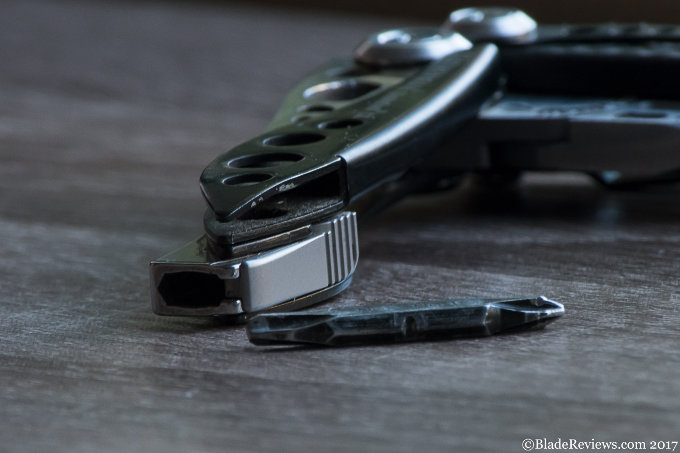
Instead of making each driver its own tool, the designers of the Skeletool put a bit driver in the tail end of one of the handles, and a slot for an extra bit in the other handle. It’s a clever way to maximize the utility of the Skeletool using the minimum amount of space. There’s no lock to worry about, as the bit driver doesn’t fold into the handle, and the tapered handle lets it fit into nooks that’d refuse a full-size multitool. As an added bonus, the Skeletool is fully compatible with the Leatherman Bit Kit and Bit Extender, should you need more options or reach.
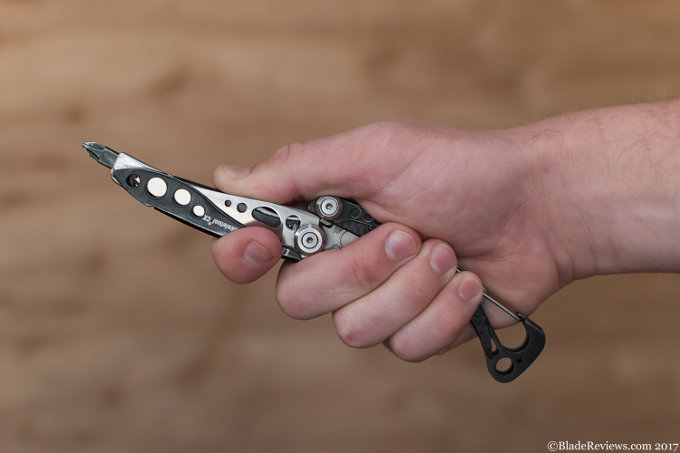
The tool set is rounded out by a bottle opener that doubles as a carabiner. I’d like to say that this is the least used tool, but that’d be a lie. Suffice to say that I’ve put this particular implement through extensive testing. It lifts the cap off with a single pull, every time.
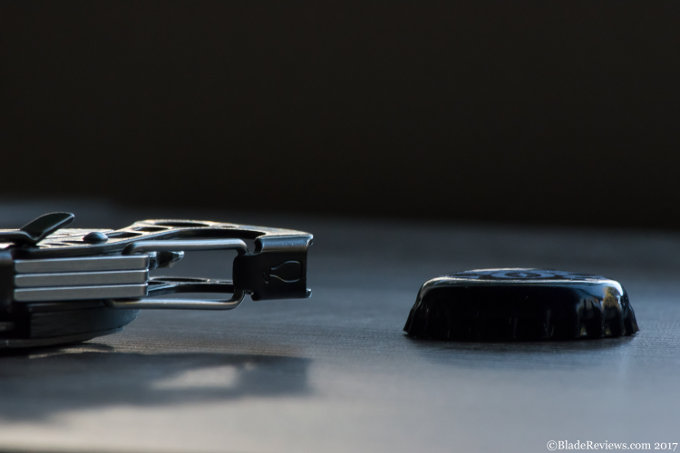
Pocket Clip and Carry
What truly sets the Skeletool CX apart from every other multitool on the market is that it carries like a modern pocket knife. Most multitools are designed to be carried on a belt or in a bag, with the option (however ill-recommended) of carrying it with a pocket clip. That isn’t the case here. The Skeletool was designed from the ground up for pocket carry, and the end result is a multitool that you don’t need to force yourself to carry. Consider this: it’s less than an ounce heavier than my ZT0900, yet has a blade just as long, pliers, a bit driver, and a bottle opener.
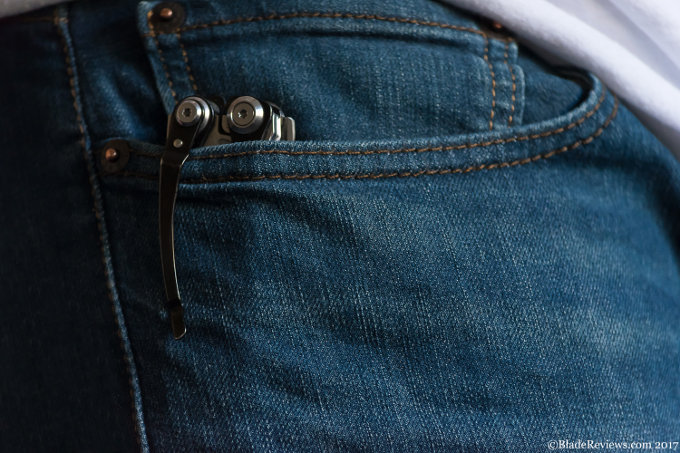
Build Quality
On the whole, I’m impressed by the Skeletool’s fit and finish. The plier jaws mate perfectly, the blade locks up rock solid, and there are no odd rattling sounds or loose tools. One feature that I particularly admire is the slipjoint system built into the frame. It acts similarly to a half stop on a traditional knife, granting the plier jaws and the frame a bias towards closure, as well as a reasonably crisp ‘detente’ that needs to be overcome.
However, the Skeletool isn’t without issues, and most of them are related to the blade. It’s off-center to the extent that it rubs against the handle, the grind is choppy at best, and the tang is just sharp enough to scrape your hand if you have to reach past it for something in your pockets. None of these issues are deal breakers for me. Only one of them (the aggressive tang) impacts the function of the tool, and even then it’s more of an annoyance than a failure.
Leatherman Skeletool CX – Final Thoughts
To sum up, the Skeletool CX is such a good piece of gear that it makes most of my knife collection look frivolous. The few complaints I have are negligible when weighed against the utility of the design. It isn’t as fun as a framelock flipper, and it doesn’t have have the charm of a traditional pocketknife, but if I was relentlessly practical, I’d carry the Skeletool six days out of seven.
How does it stack up to the competition? Well, there are cheaper options. The Leatherman Wingman comes in at less than half the price of the Skeletool CX, but is significantly heavier and made from cheaper materials. I can say from personal experience that the Leatherman Charge TTi (though it boasts more features and better materials) isn’t useful enough to justify the increase in cost, let alone weight. If you’re on a tight budget, the plain Skeletool is a fine option. It’s the exact same design, but with a half-serrated blade made of much cheaper steel.
Who would I recommend the Skeletool CX to? Honestly, everyone. It’s nice enough that I wouldn’t want to abuse it, but that’s not what it’s designed for. At the end of the day, a multitool is meant to save you a trip to the toolbox, not replace the toolbox itself. Do yourself (or a gear geek you know) a favor and pick one up. You’ll be surprised at how capable a tool it is.
[easyazon_block add_to_cart=”default” align=”center” asin=”B0043NYPA6″ cloaking=”default” layout=”top” localization=”default” locale=”US” nofollow=”default” new_window=”default” tag=”brdfkdfk-20″]
I recommend purchasing the Leatherman Skeletool CX at Amazon or BladeHQ. Please consider that purchasing anything through any of the links on this website helps support BladeReviews.com, and keeps the site going. As always, any and all support is greatly appreciated. Thank you very much.
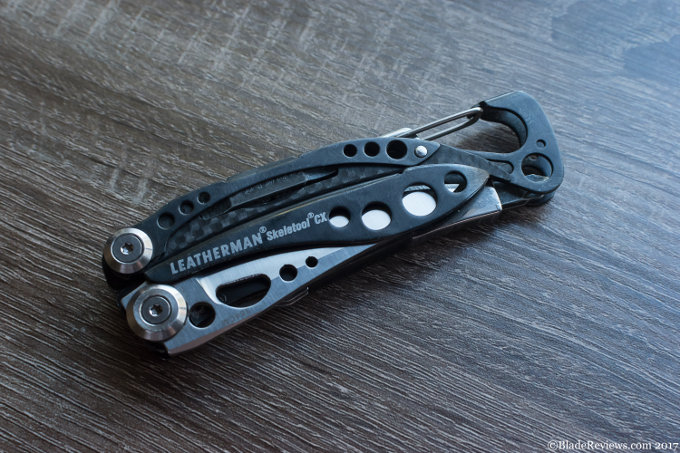
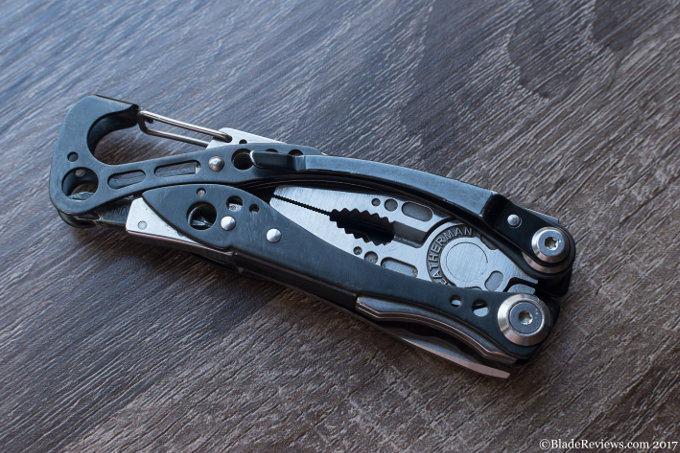
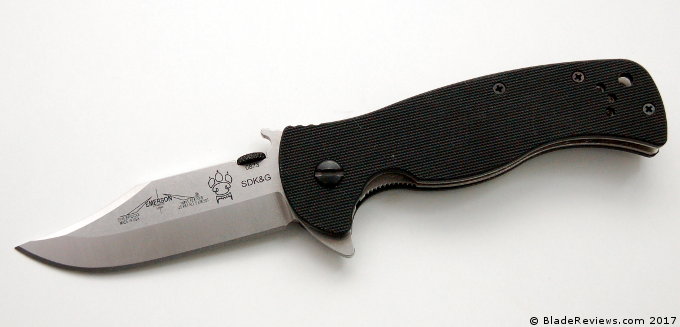
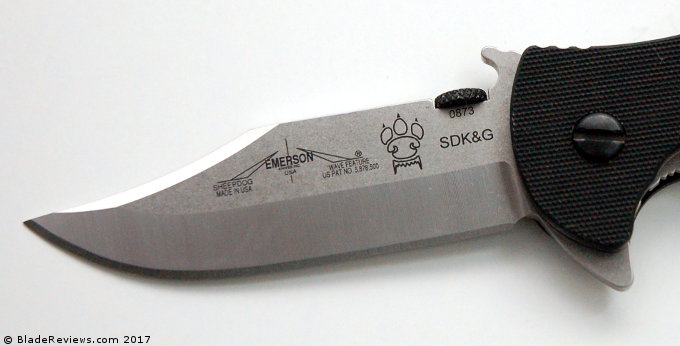
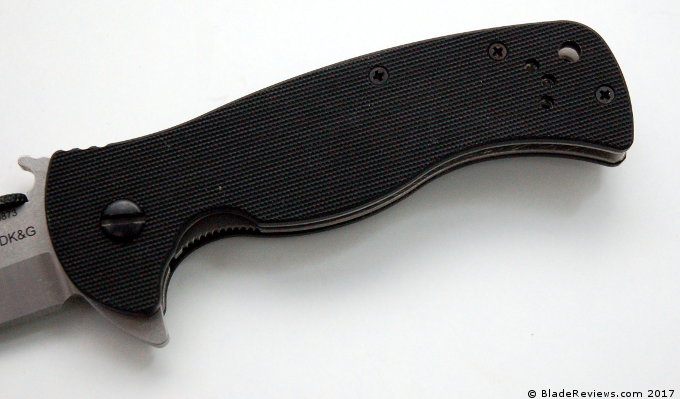
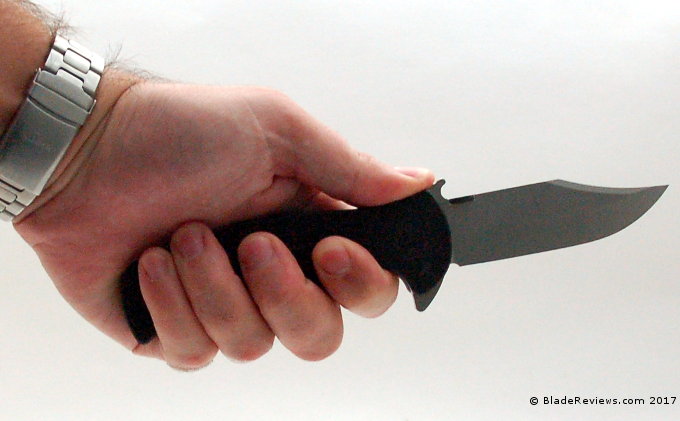
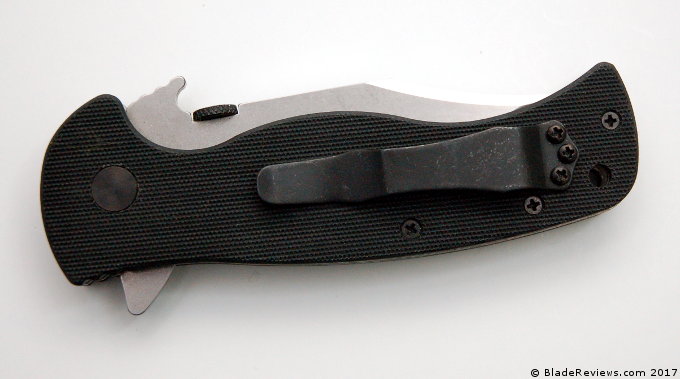
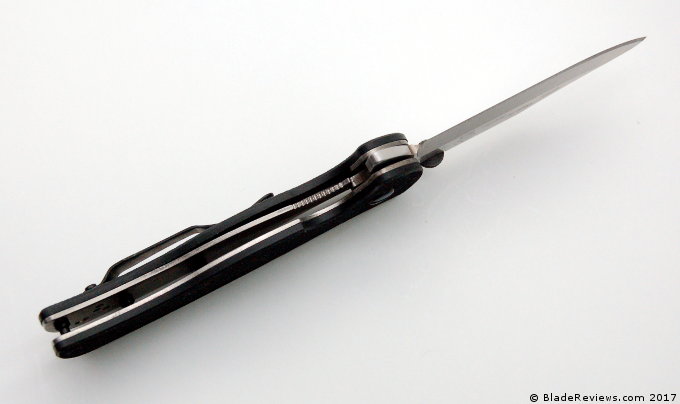
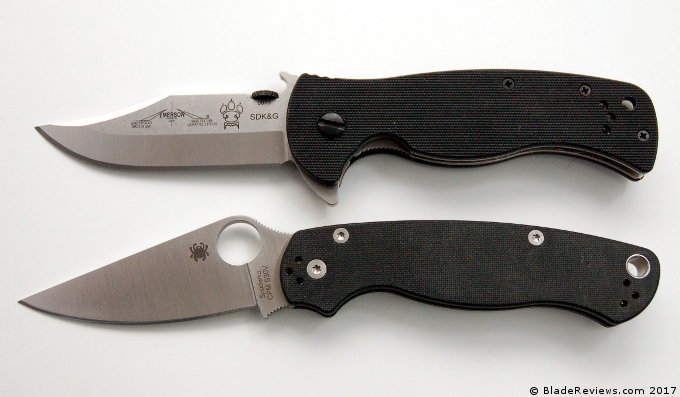

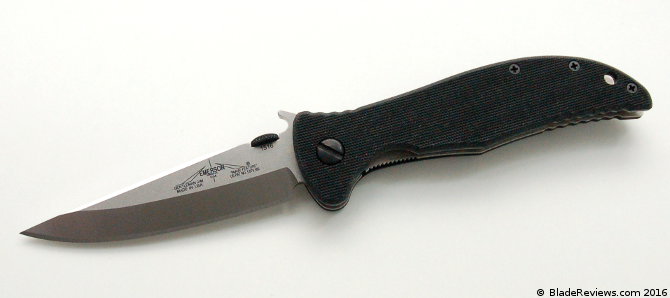
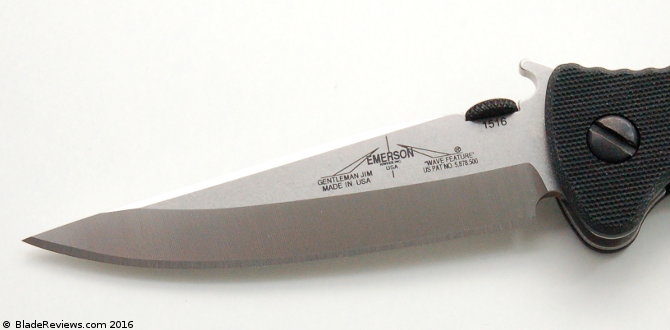
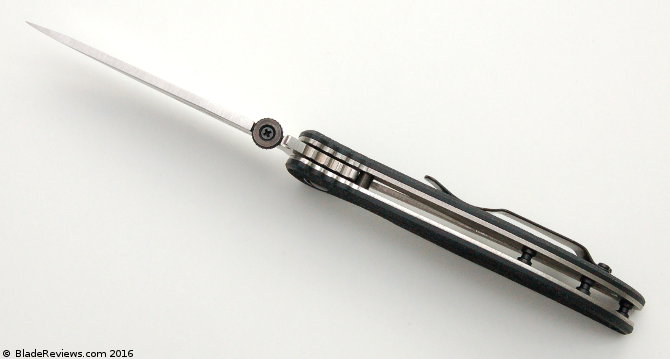
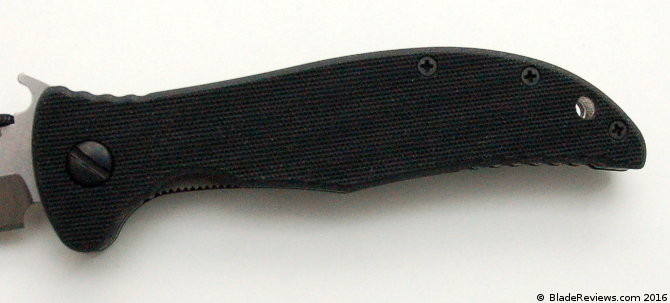
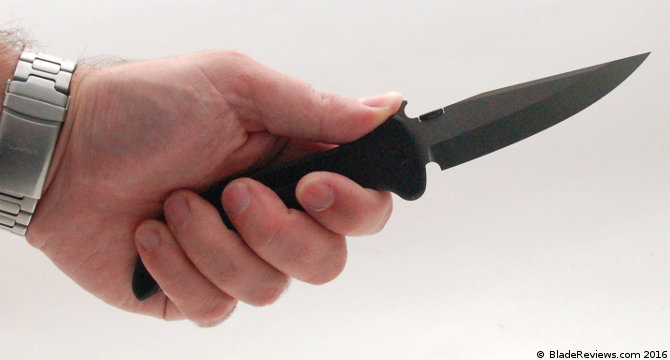
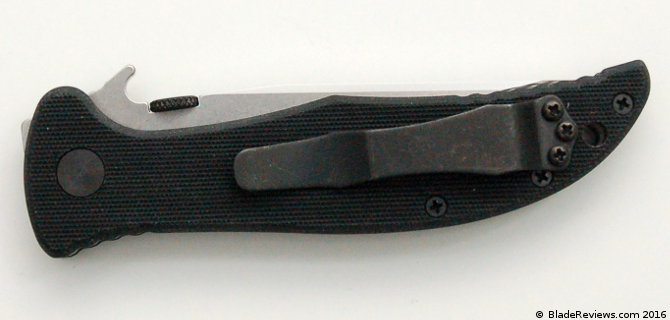
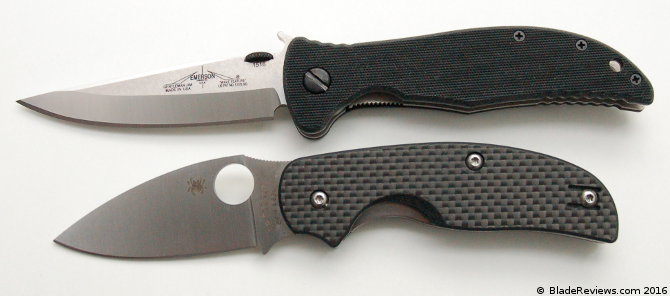

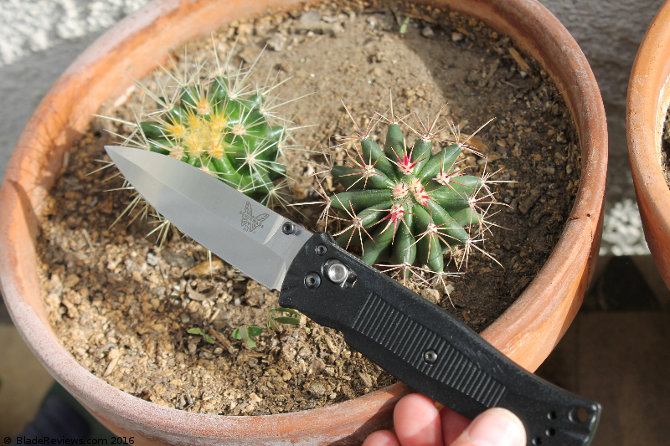
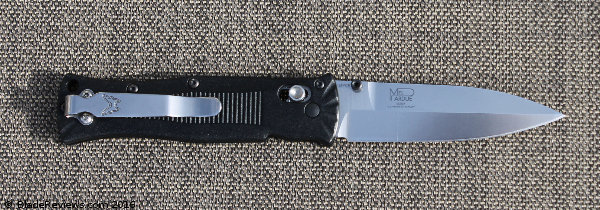
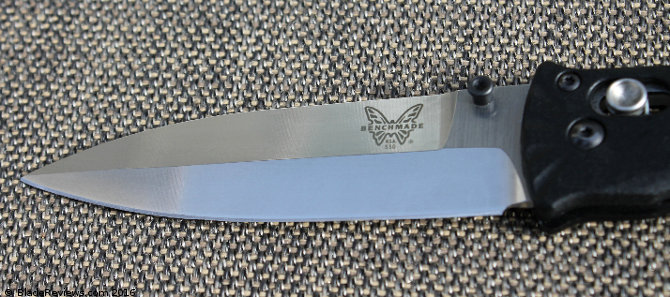
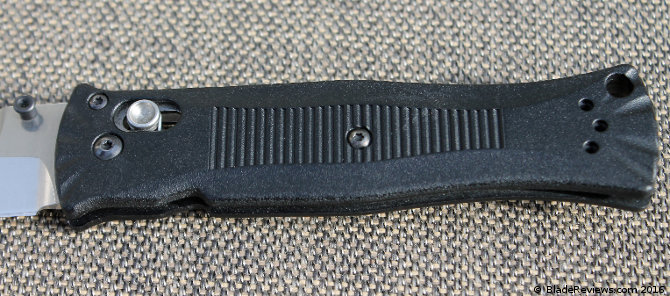
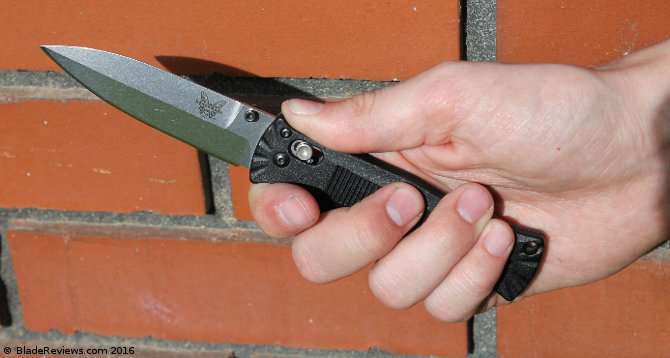
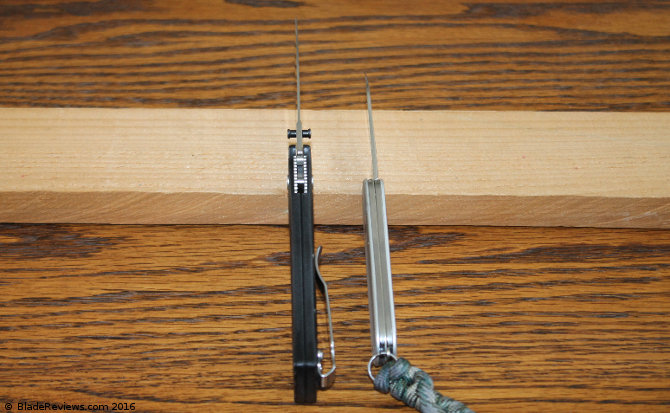
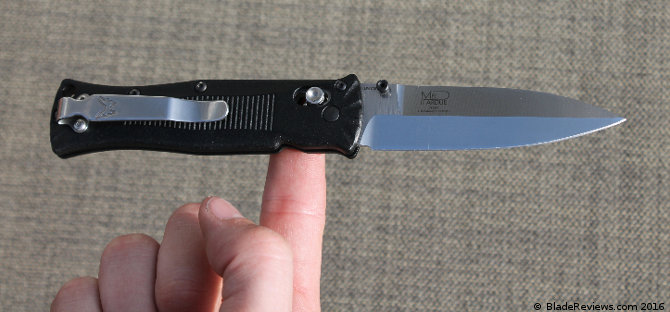
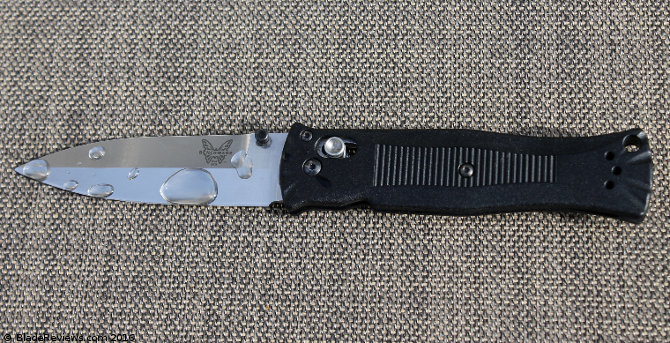
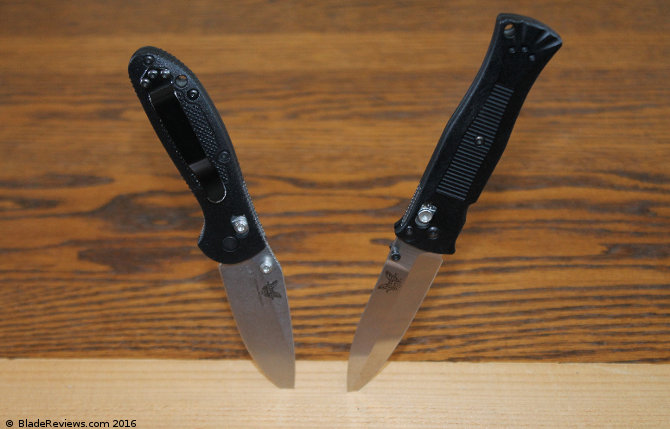

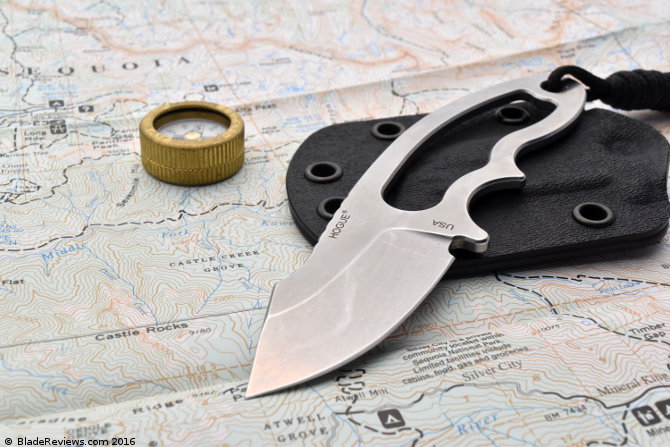
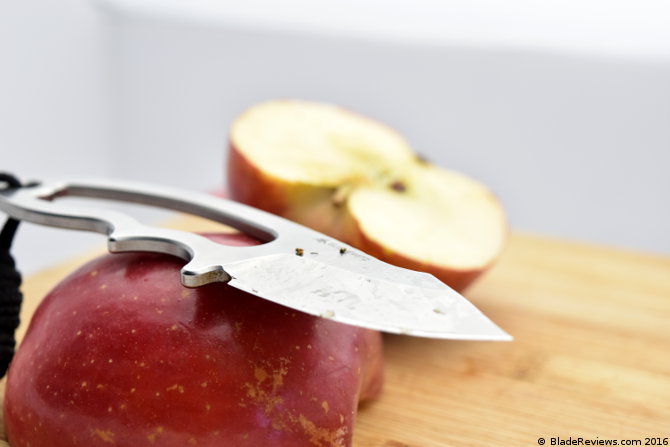
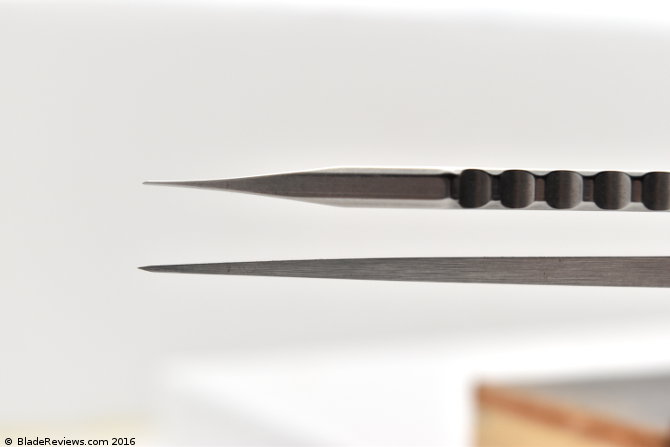

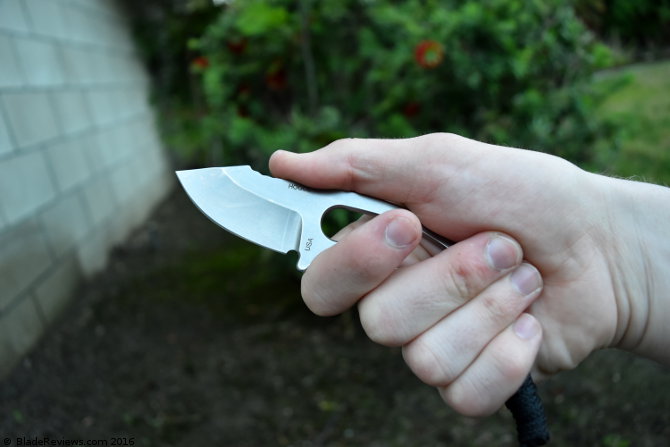
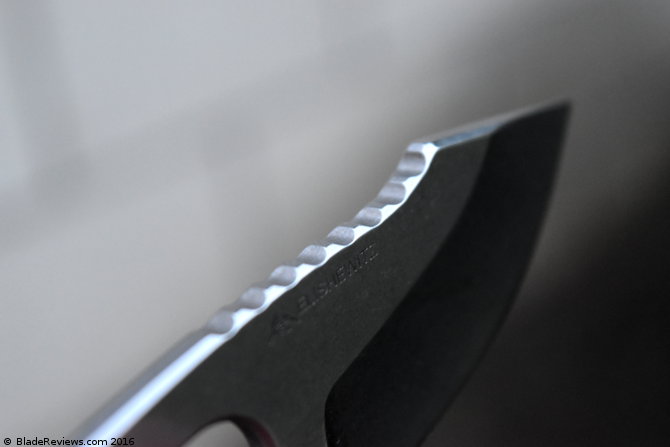
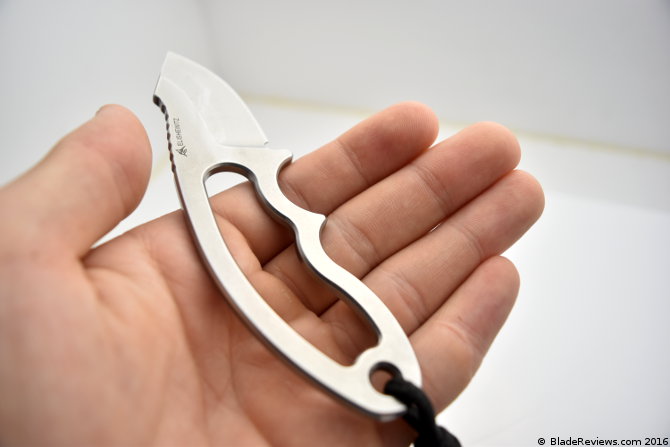
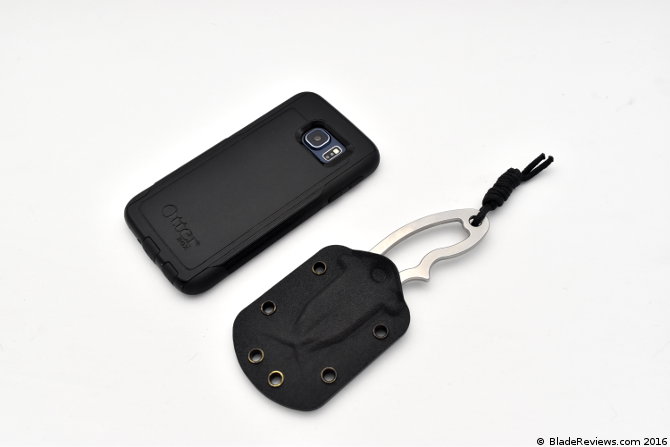
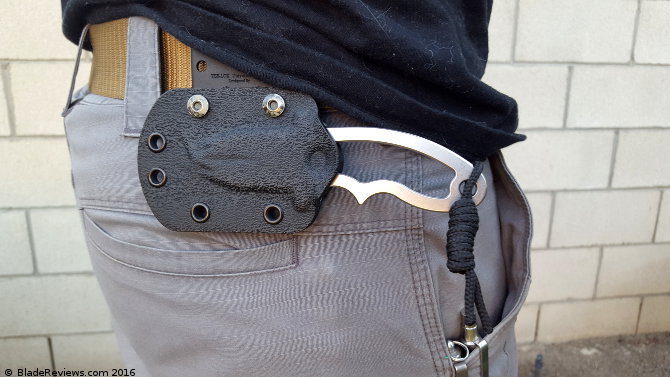

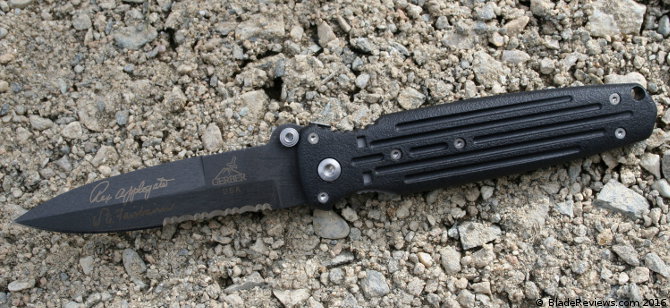
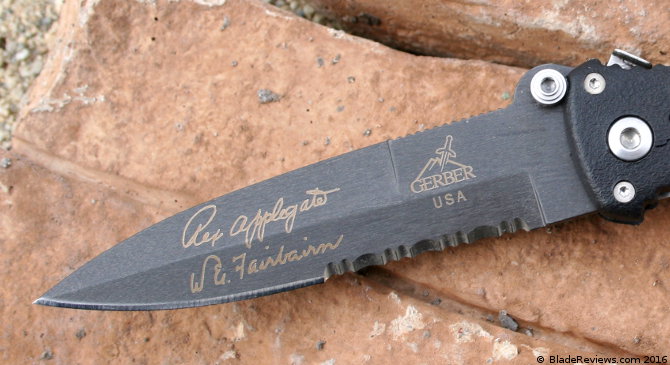
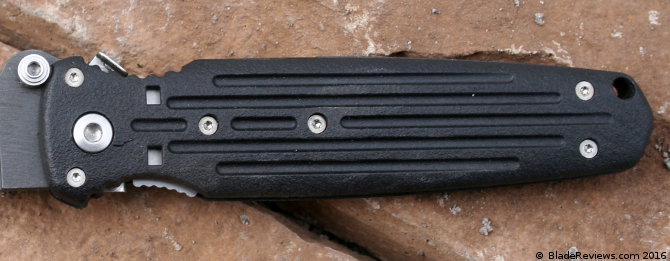
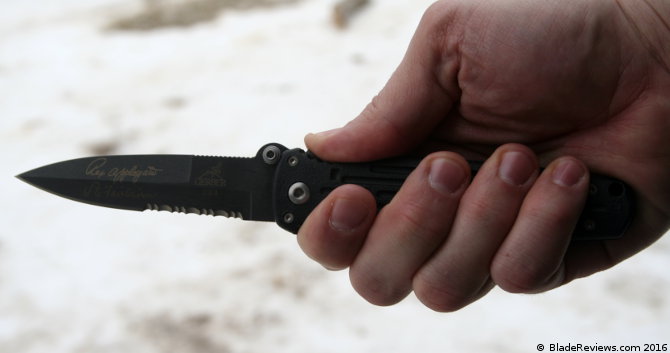
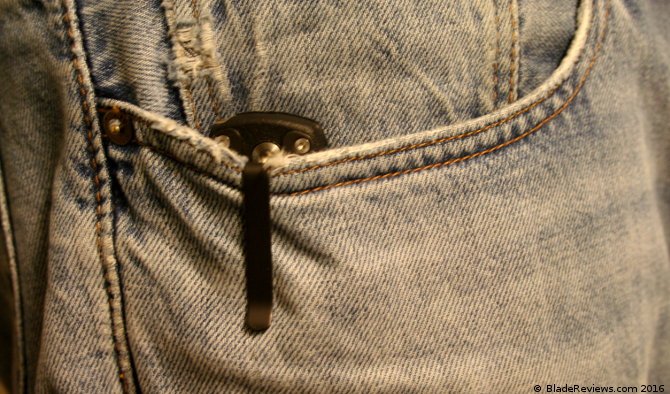
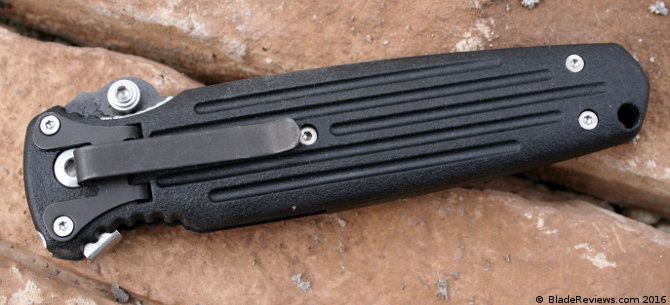
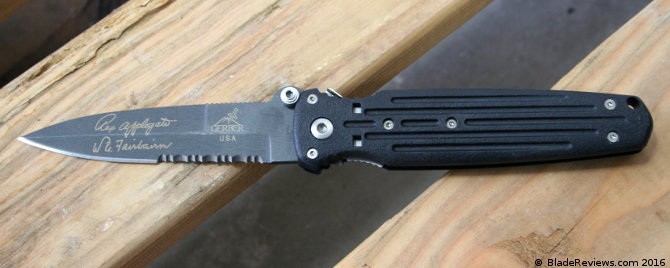
![Gerber Applegate Covert Knife, Serrated Edge, Black, 154CM [05786]](https://m.media-amazon.com/images/I/41yLxkUsrdL._SL160_.jpg)